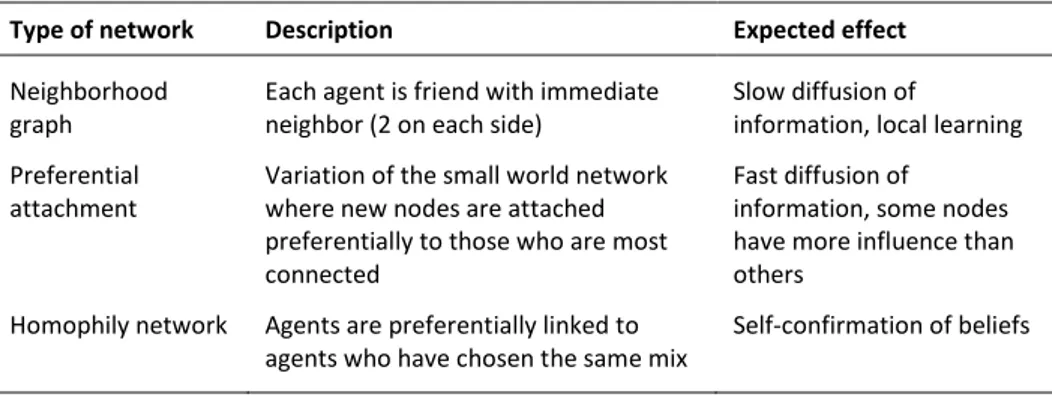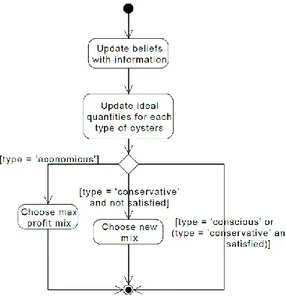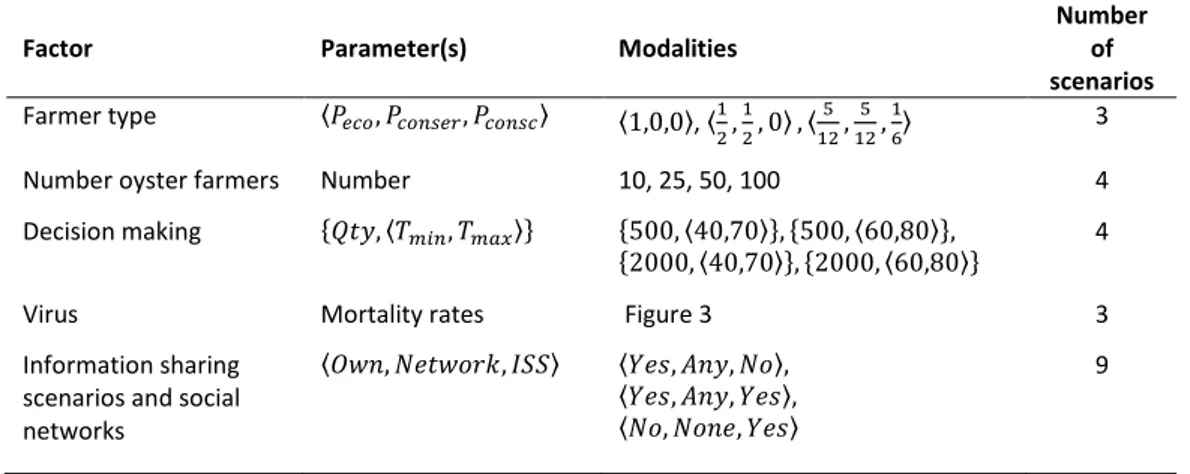An in-silico analysis of information sharing systems for adaptable resources management: A case study of oyster farmers
Texte intégral
Figure
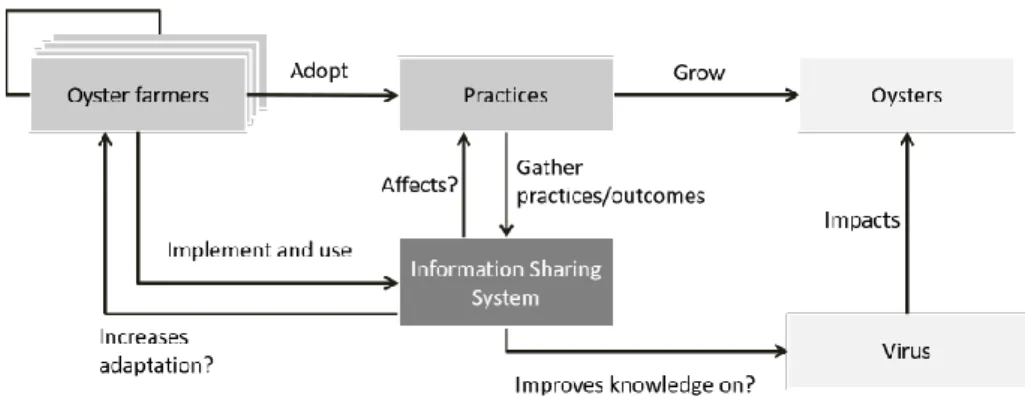
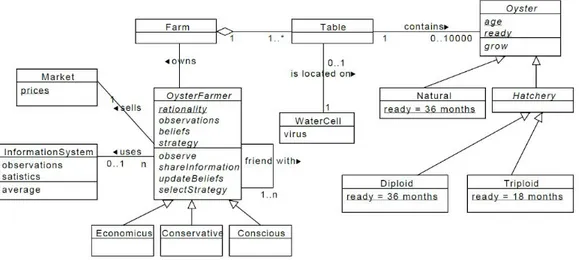
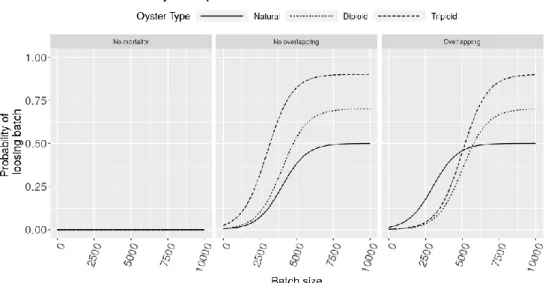

Documents relatifs
Abstract: This study strives to improve medical information search in the CISM E F system by including a conversational agent to interact with the user in natural
L’archive ouverte pluridisciplinaire HAL, est destinée au dépôt et à la diffusion de documents scientifiques de niveau recherche, publiés ou non, émanant des
A methodology for identifying and for- malizing farmers’ representations of watershed management: a case study from northern
stratégique : les enseignements d’une recherche-intervention (Contributions of the ABC method to the strategic analysis: Learnings from a research-action study)”,
The FOMO organisation will apply their extensive tacit knowledge to formulate a predominantly subjective assessment of the data and will advise command regarding
These pillars are Security Policy (e.g., set rules for employee behavior), Security Awareness (e.g., continued education of employees), Access Control (e.g., access linked to
L’archive ouverte pluridisciplinaire HAL, est destinée au dépôt et à la diffusion de documents scientifiques de niveau recherche, publiés ou non, émanant des
This activity can be favoured by using Reuse Support Patternswhich represent sequences of patterns that can be applied to develop Agent-based IS (See Table 1 for an example of
